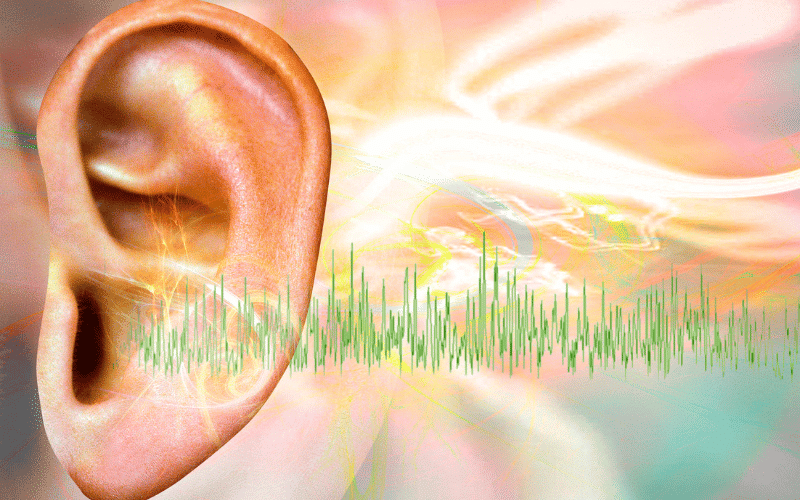Symptom 3: Sounds of Trouble: Tinnitus and CSFL

Tinnitus, characterized by a ringing or buzzing noise in the ears, is another symptom associated with a cerebrospinal fluid leak. Though it’s a symptom common to various conditions, its presence alongside other CSFL symptoms calls for a closer look.
Tinnitus linked to CSFL isn’t your run-of-the-mill ear ringing. It’s usually a low-frequency humming, buzzing, or whooshing sound. What makes it unique is its pulsatile nature, i.e., it keeps pace with your heartbeat. This rhythmic noise is due to the altered pressure dynamics in the brain and spinal cord caused by the leak.
But why does a fluid leak result in this unusual noise? It’s due to the reduction in CSF volume, which changes the dynamics of the fluids in the inner ear. This alters how sound is perceived, leading to the experience of tinnitus.
Moreover, the sounds may become more prominent when the individual is lying down or bending over. Such changes in body position may affect the fluid dynamics, thereby increasing the perception of these noises.
The presence of tinnitus in CSF leaks is an interesting interplay between various physiological mechanisms. Thus, understanding this symptom can add another piece to the puzzle of diagnosing this condition. (3)